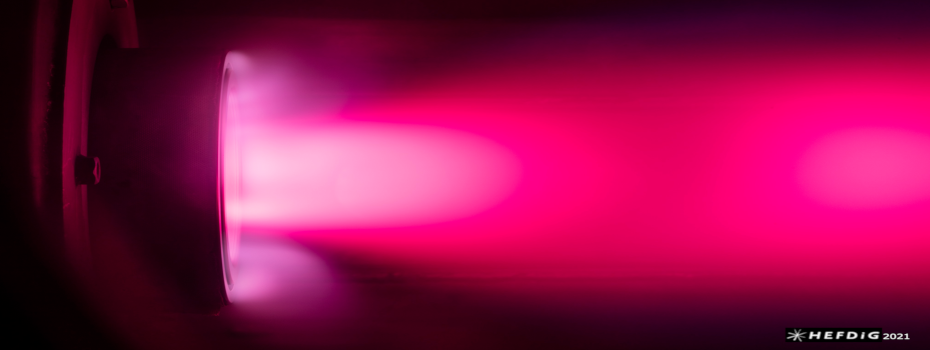Speaker
Description
The conditions of thermal, chemical and radiative non-equilibrium attained in a pure N2 gas subjected to a strong shock wave were quantified using vibronic-specific state-to-state models.
The Forced-Harmonic-Oscillator model was employed in the computation of rate coefficients for vibrational transition and dissociation of N$_2$ and N$_2^+$ by heavy particle impact. Thermal dissociation rate coefficients of N$_2$(X) were obtained and compared with state-of-the-art experimental results, showing a good agreement. By fitting the curve that represents an exponential gap law to experimentally obtained values for rate coefficients values of several vibronic transitions of N$_2$ reported in the literature, discrepancies of as much as one order of magnitude were obtained.
Shots 19, 20 and 40 of the test 62 of the Ames Electric Arc Shock Tube (EAST) were simulated using the SPARK code. The experimental radiation variables were underestimated by one to two orders of magnitude by the ones obtained in Euler one-dimensional simulations. And sensitivity tests performed on the rate coefficients were not successful in getting a reasonable agreement. The shape of the radiative intensities profiles of the low speed shot was correctly predicted, but not the ones of the higher speed shots which revealed non-null plateaus proceeding peaks. These plateaus were not predicted at all. Strong evidence was found for such discrepancies resulting from the non-modelling of the precursor phenomena, the absorption of radiation emitted by the driver gas and the electric arc, and/or the conduction of heat due to downstream plasma being subjected to a stronger shock wave.
Summary
State-to-stat model for Nitrogen, including electronic excited states

